These 22 hidden game techniques will totally change the way you play
Earlier versions of this article appeared on this site on March 7, 2013 and January 2, 2015.
Everything you know is wrong
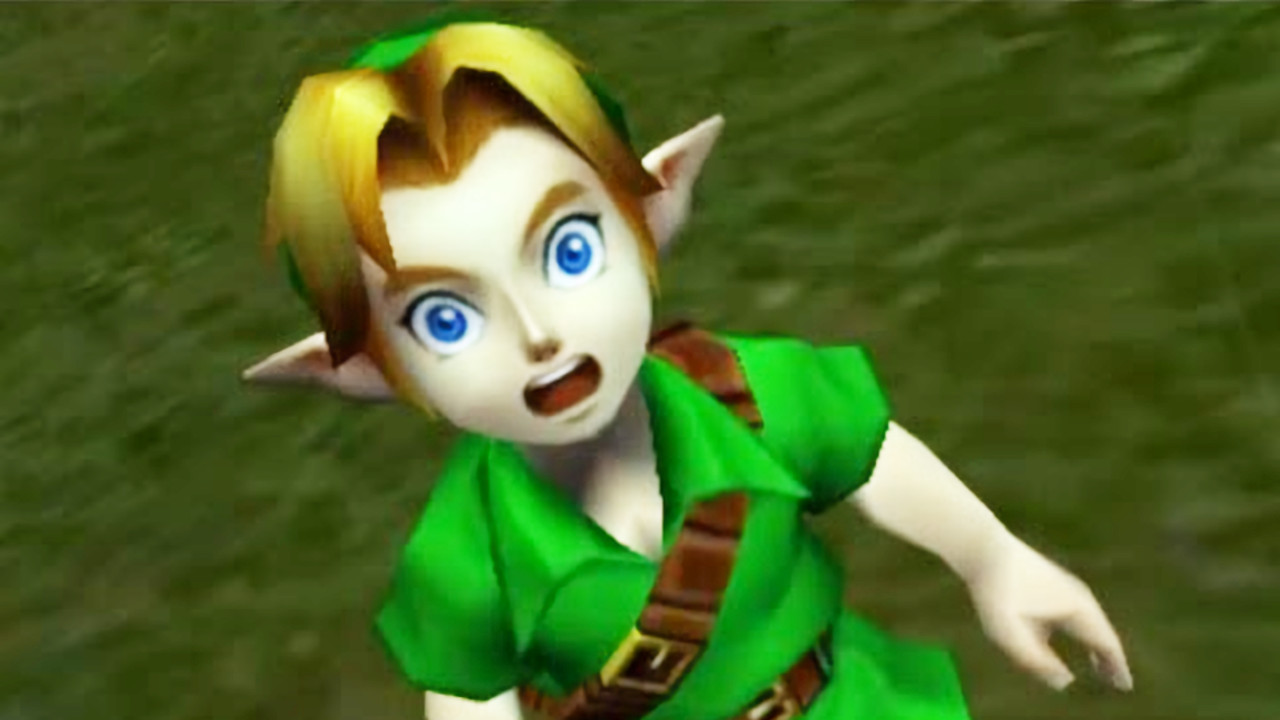
Have you ever put hours into a game, using a combination of brute force and luck to get past every challenge, only to realize you had overlooked a fundamental mechanic that would have made your life ten times easier? It's ok, you can admit it - we've been there too. Now thanks to the rise of the impossibly skilled and precise speedrunning community, we can see that we've pretty much been doing that with every video game ever.
Maybe the developers didn't intend for you to be able to clear half the map in a split second with a carefully placed bomb. But hey, the game's out of their hands now, and you can do whatever you want with it (as long as you're not abusing exploits against other players, that's not cool). So come along with us for some of the best underused mechanics in gaming, from the carefully hidden to the utterly unintentional.
You never ventured outside the map in Mirror's Edge
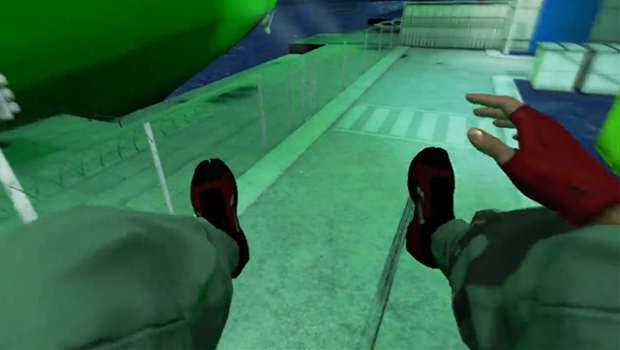
Faith's parkour-palooza across a futuristic cityscape is a speedrunner's paradise. Heck, the crux of the game is presenting the player with a wide-open space, then leaving it up to you which acrobatic route will be the fastest. To ensure that you don't get confused and lose your way, the default difficulty will highlight items in red to nudge you in the right direction. But if you choose to ignore the pre-established path, you can take some truly ludicrous shortcuts.
You know that boat stage in Mirror's Edge - the one everybody hates, because it feels so claustrophobic compared to the rest of the world? Yeah, you can skip that level entirely. Expert speedrunner Ovendonkey is an encyclopedia of time-saving tricks in Mirror's Edge, from physically impossible kick-glitch jumps to warping through walls with exploited checkpoints. He demonstrates these techniques and more in his Summer Games Done Quick run of ME, showing just how much time you can save when you literally travel outside of a level.
You don't go exclusively for T-spins in Tetris
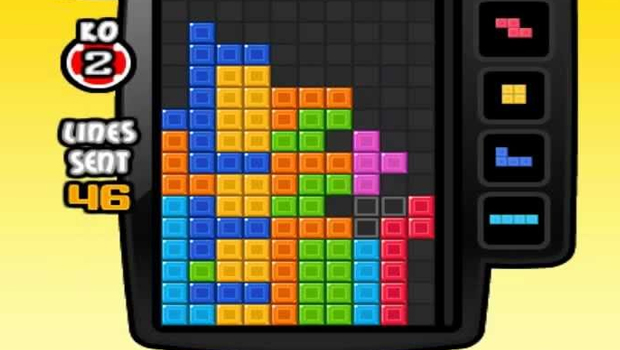
And you thought you knew the surest way to high scores in this timeless puzzler. When people play Tetris for the first time, they're quick to develop an affinity for those straight line pieces. Beginners learn to chase after Tetris--that's what you call it when you clear four rows at once--by building up their blocks with the exclusion of a single column, reserved for that long teal savior. While this method is better than unorganized chaos or single-line scoring, it's nowhere near as powerful as the T-spin in the modern iterations of Tetris.
The T-spin is a technique that got its name from the versatile purple T-shape block, and the dexterity required to properly position it. As in the picture above, you have to leave a plus-shaped gap in your layout, then slide a T-block into it by rotating it just as it's touching down. It's a much more reliable method to racking up rows, given that you can place all other block types in a pre-set pattern to guarantee the vacant T-shape. If you want any hope of climbing the ranks of Tetris Battle on Facebook, you better master the T-spin.
Sign up to the GamesRadar+ Newsletter
Weekly digests, tales from the communities you love, and more
You didn't abuse the pause glitch in Mega Man
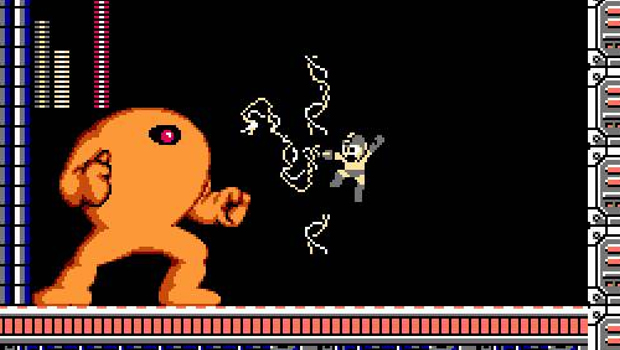
When people talk about the Yellow Devil, don't be alarmed - they're referring to a notorious Mega Man boss, not making grossly bigoted remarks (we hope). This gooey behemoth was first encountered in the original Mega Man, awaiting the Blue Bomber in one of Wily's Castle stages. His attack pattern was bizarre, throwing himself at you in invincible, difficult-to-dodge chunks before reforming behind you and doing it all again. And his beady red eye was his only weak point. Facing the Yellow Devil was either crazy frustrating or laughably easy, depending on your knowledge of a secret trick.
Nintendo Power readers and savvy kids on the schoolyard had gleaned a devious trick to beating the Yellow Devil: the pause glitch. It involved firing the powerful Thunder Beam power at his eye, then pausing the game right as it made contact. The next and final step was to mash the Start button like crazy, rapidly pausing and unpausing the game to make the Thunder Beam hit register multiple times. It became a timeless trick, and has become a staple in games as old as Blaster Master and as new as Super House of Dead Ninjas.
You didn't tap the rear touchpad like a lunatic in Lumines: Electronic Symphony
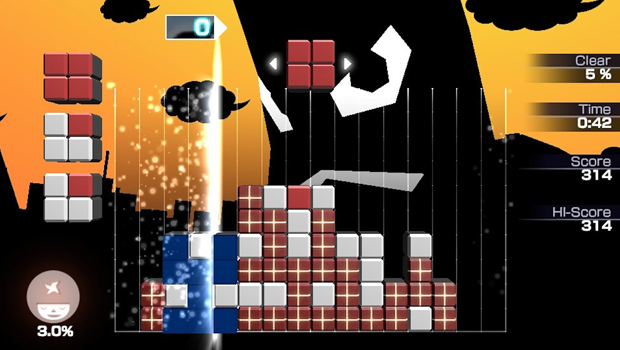
Lumines is a genius concept: the mental gymnastics inherent to arranging colored blocks, mixed with the soulful rhythm of syncing your movements to a beat. The most recent entry in the franchise, Electronic Symphony, took the basic Lumines concept and lightshow and added some PS Vita flair, with 3D graphics and touch-screen controls. But one of the additions had an arguably adverse effect on the gameplay: the inclusion of special powers, and the ability to boost them with the rear touchpad.
Normally, your character's special ability takes a while to activate, given that you need to fill a gauge to 100 percent using block-clearing combos. But by simply tapping the back of the Vita, players could boost their gains by 1 percent with every finger touch. Worse still, this gain wasn't limited by the metronomic rhythm, unlike the traditional method. You couldn't play and drum your fingers on the Vita's backside at the same time very effectively - but an extra pair of hands could help immensely. Essentially, achieving the highest scores possible turns Lumines into a co-op game, with the second player functioning purely as your touchpad lackey. You're probably better off playing it wrong, in this case.
You weren't constantly supersliding in The Legend of Zelda: Ocarina of Time
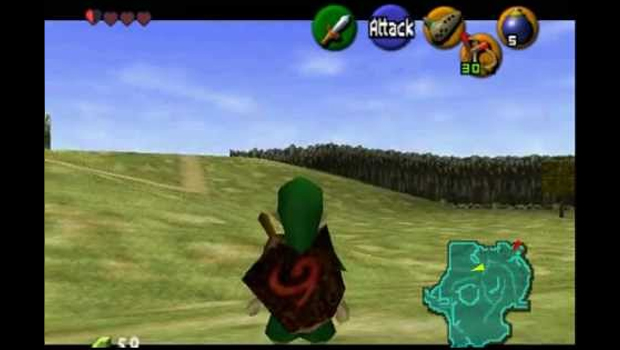
When you just want to move the adventure along, trekking around Hyrule in Link's debut 64-bit quest could be a bit of a bore. Sure 3D-rendered grassy plains were a majestic sight to behold when you first encountered them; going back and forth across these fields get far less exciting with each repeat trip, even with your trusty steed Epona. If only there was a way to speed things up a bitand that's where the speedrunning community comes in.
This mode of travel may not look very sophisticated, seeing as it makes Link freeze in place as he zooms backwards across huge expanses of virtual estate. But the method to achieving it is nothing short of an art form, given the precision it requires to pull off. We'll give you the simplified version: you need to drop a bomb a short distance away from you, then roll into it and simultaneously pick it up just as its exploding. It's a lot more difficult than it sounds--and mastering it is a prerequisite to respectable run times in this beloved classic. It also makes nabbing Biggoron's Sword easier, and that's good news in our book! Supersliding is also an option in Ocarina of Time 3D, though the method's a bit different.
You never flip your diamonds at the last second in Super Puzzle Fighter II Turbo
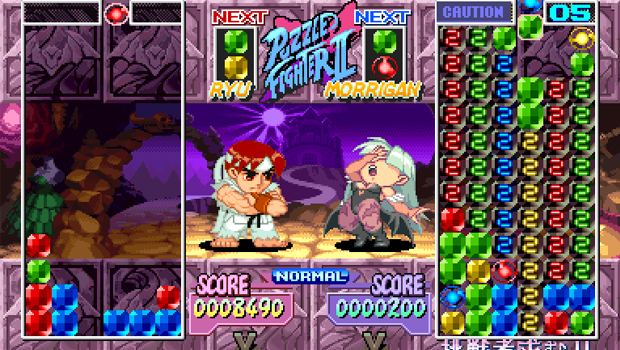
First things first - if you have yet to play this superb versus puzzler, we suggest correcting that immediately. But not everyone who has played it got the chance to plunk a quarter into the arcade version. The original Puzzle Fighter (not to be confused with Pocket Fighter) had quite a bit different about it, besides chunky pixels instead of HD graphics. For one, there wasn't any quick-dropping your gems. And high-level gameplay revolved around the diamond glitch.
The diamond is a great equalizer in Puzzle Fighter, able to destroy all gems of the first color it hits. But this could easily secure wins if it was used purely as offense, so Capcom balanced it by halving the number of gems it could send over. What they didn't account for was the fact that you could rotate the diamond piece in a single-column slot at the last second, negating the diminished returns and doing insane jewel-based damage.
You didn't wall jump at every opportunity in Super Mario 64
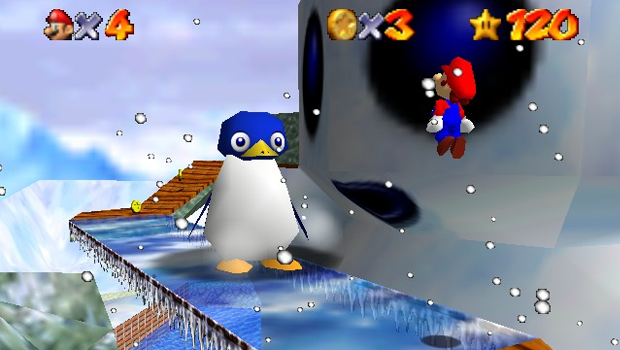
Alright, this tactic is hardly necessary - but after watching speedruns of Super Mario 64, it's hard to believe that the simple act of running and jumping is really how the game was meant to be played. Those who've mastered the platformer know the truth: When Super Mario 64 is being played at its best, it looks more like Prince of Persia than anything Shigeru Miyamoto designed.
Know about wall jumping? Sliding? Backflips? By mixing all of these typical elements together, Mario becomes a parkour master, dashing around the huge maps and nabbing Stars in record time. A well-timed jump can have you skip over an entire section of a stage, and a quick backflip can propel Mario over enemies he'd typically need to spend precious seconds fighting. Mario doesn't have time for that--he has cake to eat, for crying out loud!
You didn't account for Effort values in... the entire Pokmon series
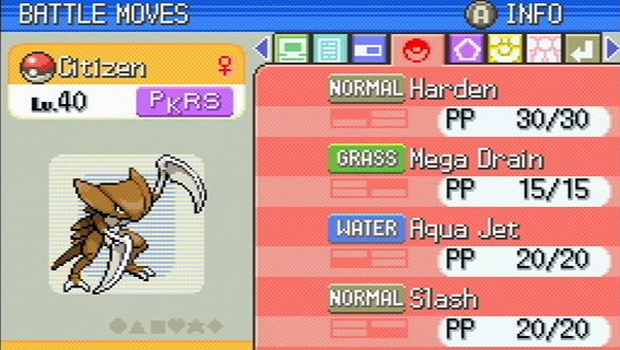
As if the Pokemon series wasn't already complicated enough, there's actually an entire web of mechanics that can strengthen your pocket monster roster that the games never even tell you about. Ever since the days of Pokemon Red and Blue, there's been a hidden way to maximize the individual stats of your Poke-team by defeating specific Pokemon in the wild. What was once known as Stat Exp is now known as Effort Value training, or EV for short.
This one might require a BA in advanced mathematics to fully comprehend, but we'll try our best to reduce it to an enlightening nugget of Pokemon-empowering info. Essentially, you can seek out and defeat Pokemon that specialize in the stat you want to increase, then make sure your Pokemon of choice gets the final hit and thus levels up from the fight. In doing so, it will gain additional stats in the specific attribute, as a coefficient of its current level. Long story short, making sure to EV train will make your max-level [insert your favorite Pokemon here] have far superior stats when compared to your buddy's [whatever you just selected]. Neat!
You weren't exploiting the power slide turbo boost in the Mario Kart series
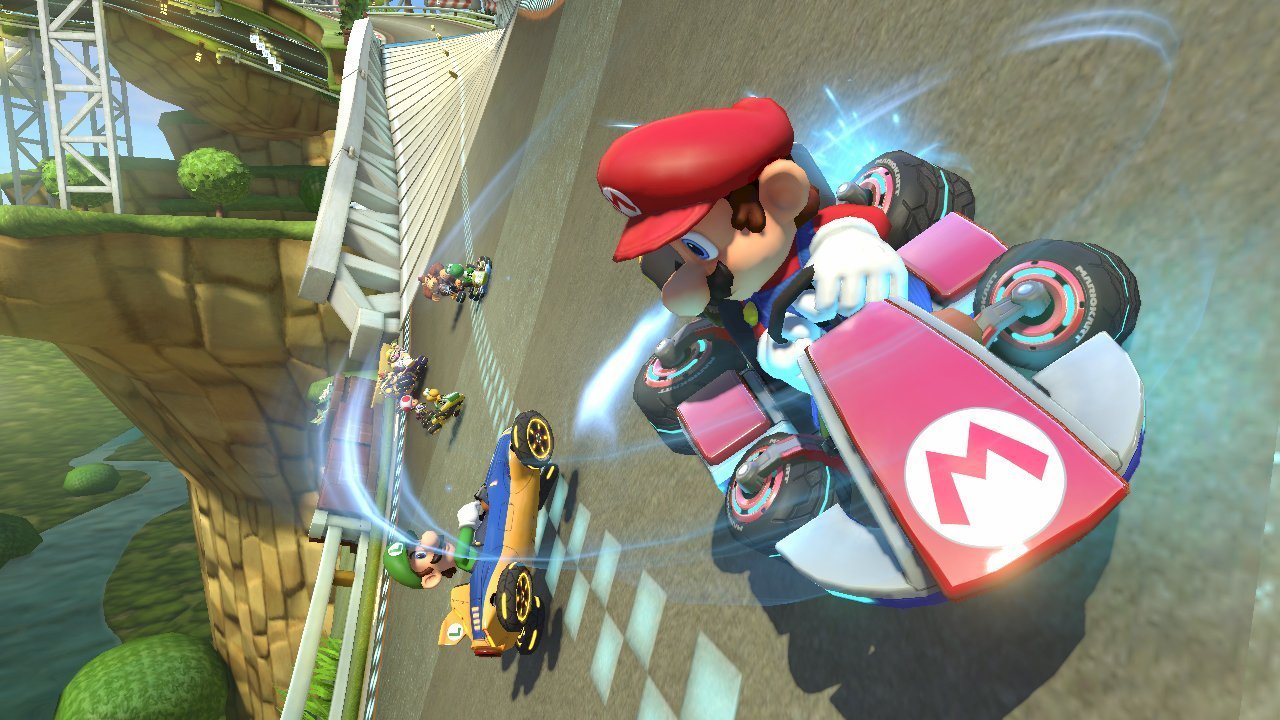
It may look simplistic in the face of more realistic racers like Gran Turismo, but the Mario Kart series holds a lot of depth for those that can look past its bright lights, jazzy soundtrack, and rage-inducing weaponry. Sure, the controls are basic, but if you're not exploiting everything the game has to offer, you're going to find yourself in last place if you try to race against other online players.
The power-slide turbo boost is perhaps the most reliable trick at your disposal. Unlike the copious items you'll find strewn about one of Mario Kart's courses, it's one of the few moves you can pull off almost anywhere that doesn't rely on sheer luck. Typically, you can build up a boost by simply power-sliding around a long curve or corner, but there's a better way to game the system. If you tilt the control stick into and out of the turn while you slide, you'll build up your boost power even faster, causing the smoke on your tires to turn into sparks. Exit the power-slide here, and you'll get a nice burst of speed. The thing is, if you get good at it, you can do this multiple times in a turn, or even during a straightaway. Now you can be that jerk that never loses at your next friendly gathering!
GamesRadar+ was first founded in 1999, and since then has been dedicated to delivering video game-related news, reviews, previews, features, and more. Since late 2014, the website has been the online home of Total Film, SFX, Edge, and PLAY magazines, with comics site Newsarama joining the fold in 2020. Our aim as the global GamesRadar Staff team is to take you closer to the games, movies, TV shows, and comics that you love. We want to upgrade your downtime, and help you make the most of your time, money, and skills. We always aim to entertain, inform, and inspire through our mix of content - which includes news, reviews, features, tips, buying guides, and videos.


